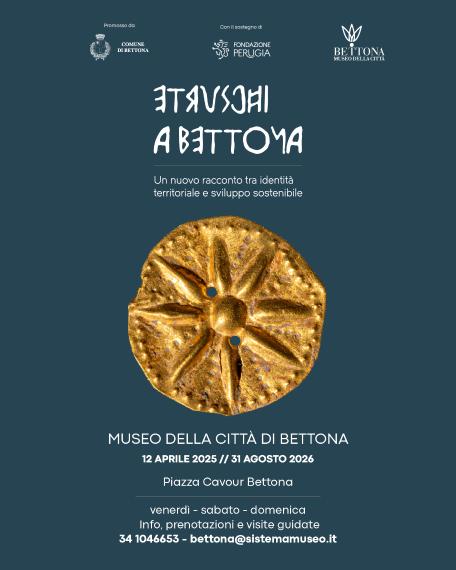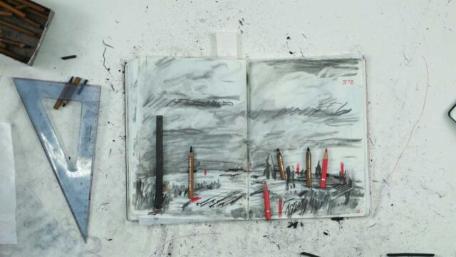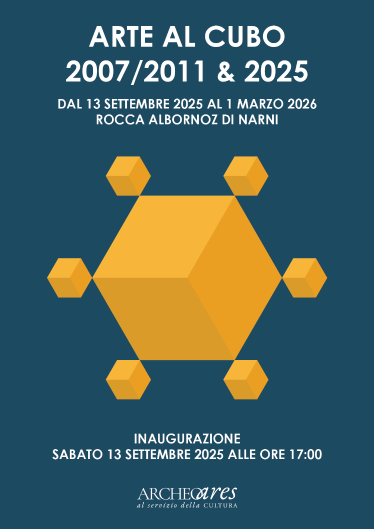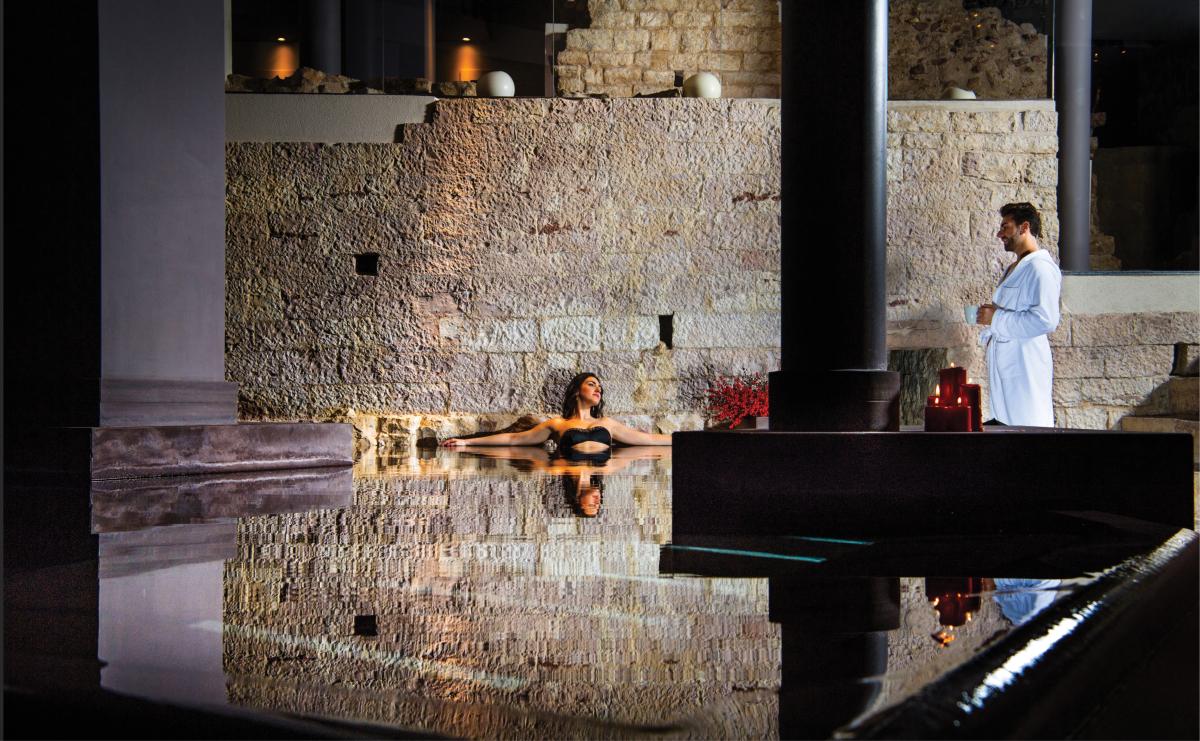HISTORY
As the Ancient Umbrian town called Nequinum, it was conquered by the Romans in 299 BC and made first of all a colony and then an important municpium with the name Narnia. Attacked and destroyed by Totila, King of the Ostrogoths, Narni was then for a brief period made part of the Duchy of Spoleto by the Longobards. Subsequently it became part of the Duchy of Rome belonging to the Countess Matilde di Canossa and passed to the Church. After the turbulence of the early Middle Ages Narni experienced a period of power and richness in the 11th century, until Frederick Barbarossa in 1174 imposed his dominion. In the following years the town continually battled against Fredrick II and the Duchy of Spoleto. In the 14th century it was included in the dominion of the Catholic Church by Cardinal Albornoz. After occupation by Ladislas, King of Sicily, it was regained by the Church and in 1572 was defeated and destroyed by Charles V. Political instability continued till the 17th century when it became part of the Papal States and remained under the Church's dominion, except for the brief Napoleonic period, until 1860.
ART, CULTURE, ENVIRONMENT
The town has a rich heritage acquired over three thousand years of history: from Roman times the Ponte di Augusto, and the Ponte Cardona bridges, and the Formina aqueduct are still standing. Narni has numerous medieval monuments such as the Cathedral of San Giovenale with its Romanesque portal and the votive chapel dedicated to the patron saint from the 7th century; the church of San Domenico today home to the library and the Historical Archives; the church of Santa Maria Imprensole (1175), jewel of Narni's Romanesque architecture. Also of interest are the church of Sant'Agostino (15th century), and the church of San Francesco (14th century).
The wonderful Piazza dei Priori features the austere Palazzo del Podestà, now the Town Hall, decorated with Roman and medieval marble work, a painting by Ghirlandaio, and a fresco by Lo Spagna; and the Loggia dei Priori with its delightful Loggia del Banditore. And the Rocca Albornoziana stands above the rest. Recently restored, it was erected in the last half of the 14th century in accordance with the wishes of Cardinal Albornoz, to dominate the highest point of the town built up on its rocky spur.
Apart from monuments to be visited above-ground, there is an exciting underground world to be found in the striking itineraries of Narni Underground: aqueducts, water cisterns, tunnels, crypts, and even the torture room from the Inquisitorial Tribunal with a cell showing the graffiti written by prisoners awaiting sentencing. Underground Narni is a world apart hollowed out of rock since Etruscan times. It is a mysterious and fascinating macrocosm enclosed within the town that is the destination of an itinerary through history, art, and the culture of other ages. A visit to below-surface Narni becomes like a journey into the past to discover an underground city thousands of years old.
In the vicinity of considerable interest is the cave of St. Urbano founded by Saint Francis 12 km from town, it has a cloister from the 1400s; the Abbey of San Cassiano; the ex Franciscan monastery of San Girolamo; the church of San Pudenziana in Visciano that together with that of San Michele Arcangelo in Schifanoia represent two of the most interesting Romanesque buildings in the area around Narni.
























.jpg/c6bab9aa-be78-5180-7290-9ac328073ad1?width=1920)




